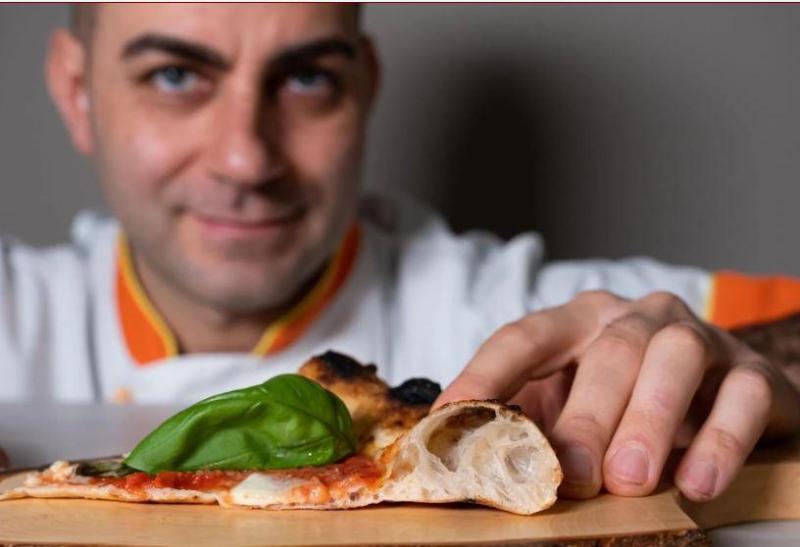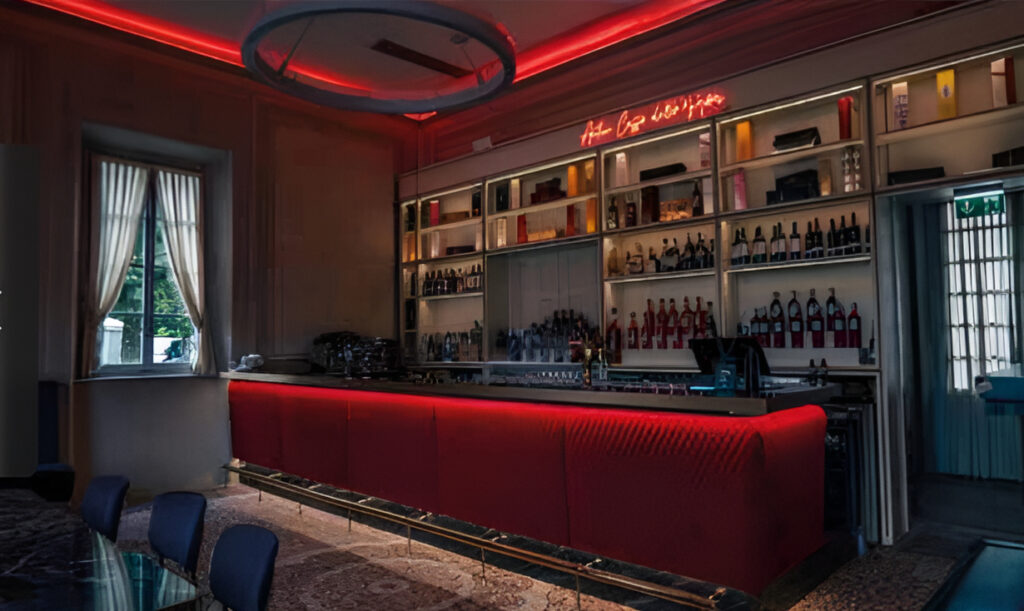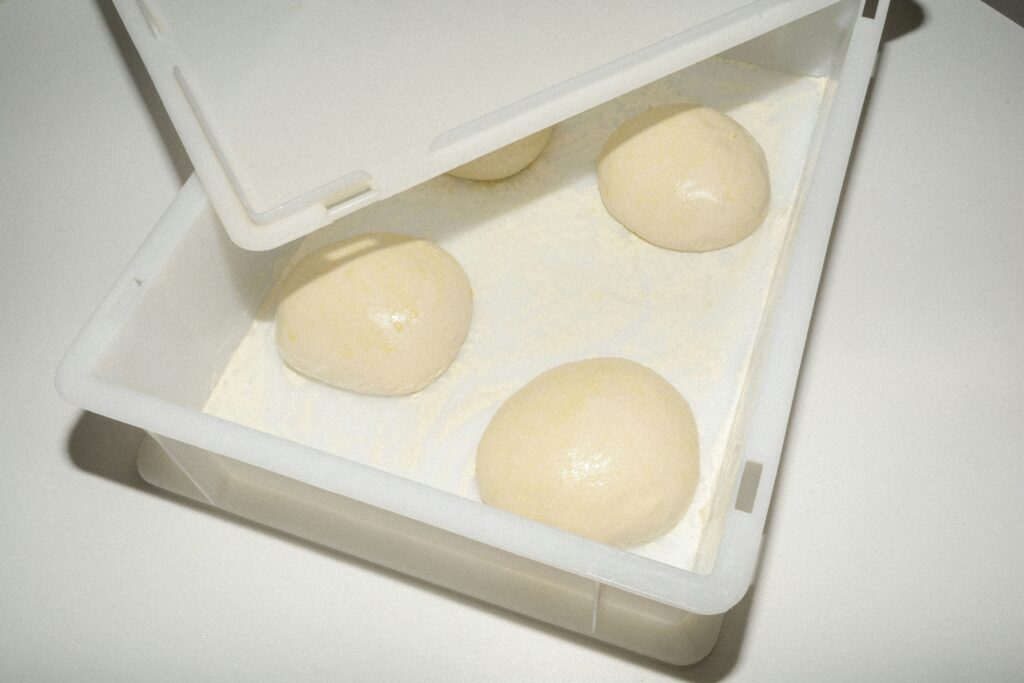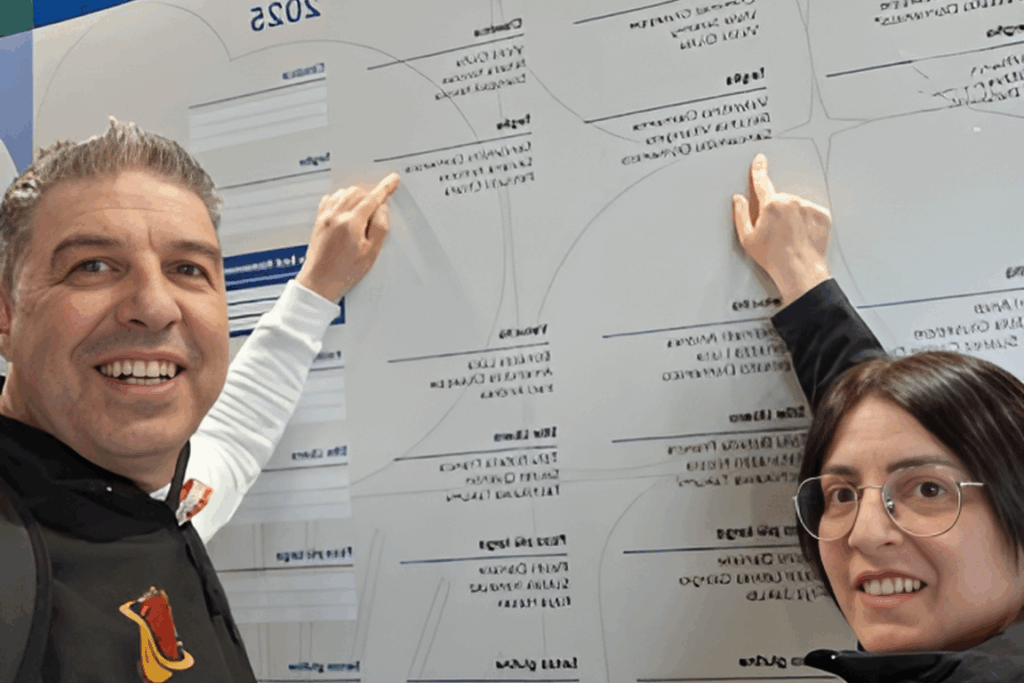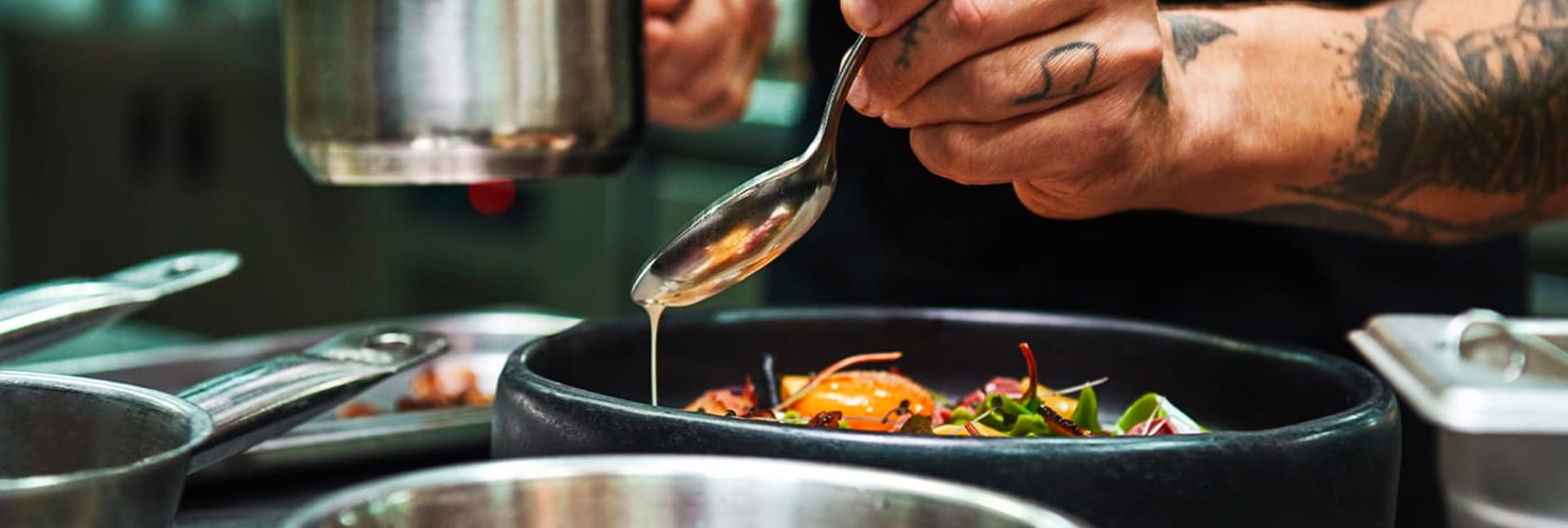
A trend that intensified during the pandemic, however…
One of the many things that the pandemic has accelerated is food delivery, which in the past 18 months has seen market share and revenue increase at an exponential rate, creating many more questions than answers about how the restaurant industry will have to approach the customer when it will reopen completely.
We have an opinion, and it is different from what the international market analysis says; it is a vision that takes into account the idea of typical Italian catering, which considers food as a part and not as the whole.
Currently, food delivery is worth 35 billion dollars worldwide and, according to the most up-to-date forecasts, 365 billion by 2030, with a growth rate of 20% per year. A golden bargain, one might say, for the many who play the stock market. The most enthusiastic users, in this historical period, are the millennials and the major players, currently, are Uber Eats, Grubhub, Just Eat, Deliveroo, Meituan Waimai, Delivery.com, Snapfinger, Doordash, Postmates. These companies use delivery men who cross the streets on bikes or motorcycles to deliver food to homes or businesses and bet everything or almost everything on the low cost of this labor and on rules known only to them. In addition to this, there is another phenomenon that is not yet widespread in Italy but that is catching on: the dark kitchens. These are large anonymous sheds where kitchens are placed to produce food in serial quantities. Who will work in these sheds? The cooks, of course, who will gradually take work away from the restaurants, the very same ones that today are the basis of the food delivery phenomenon.
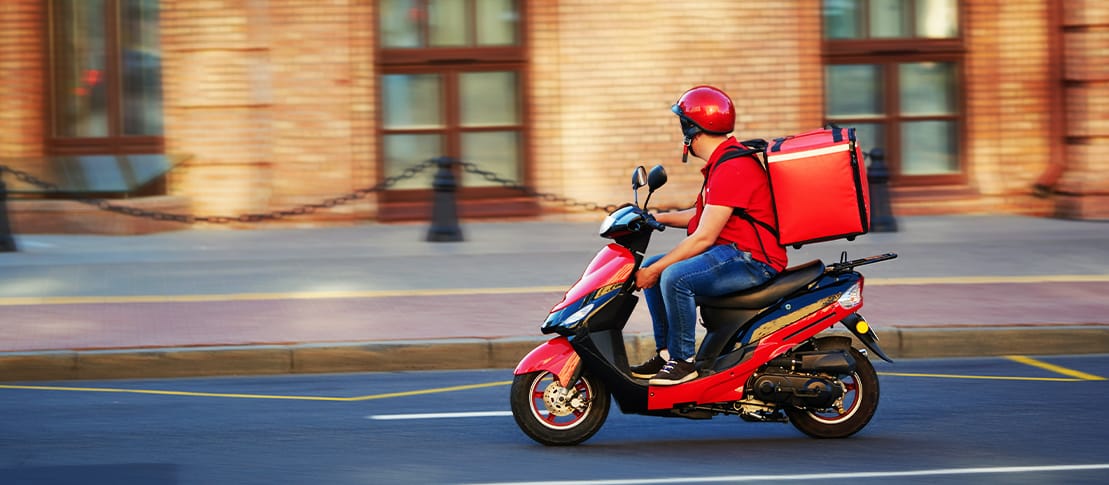
People say that dark kitchens will be the future of the restaurant industry because all you need is a cook to follow the preparation of the dish. However – and we can see it now that restaurants have reopened and are full – it is the set of services that brings people to go out to eat, it is the attention they receive from the dining room staff, the arrival of the dish, the comments and conversations that are triggered around the dish. Just as we see that the take-out pizzerias that used to have lines of people waiting outside until a few weeks ago are now back to their normal numbers.
Sure, staffing is hard to come by, but that’s another topic that we’ll address in a future article. This should not prelude the affirmation of dark kitchens as the solution to the problem.
An innovative scenario, then, that of dark kitchens, but also potentially dangerous for traditional catering. According to the report by UBS, an investment bank, with the very indicative title “Is the Kitchen Dead?”, it is estimated that by 2030 most of the meals that are usually cooked at home will be ordered online and delivered by dark kitchens.
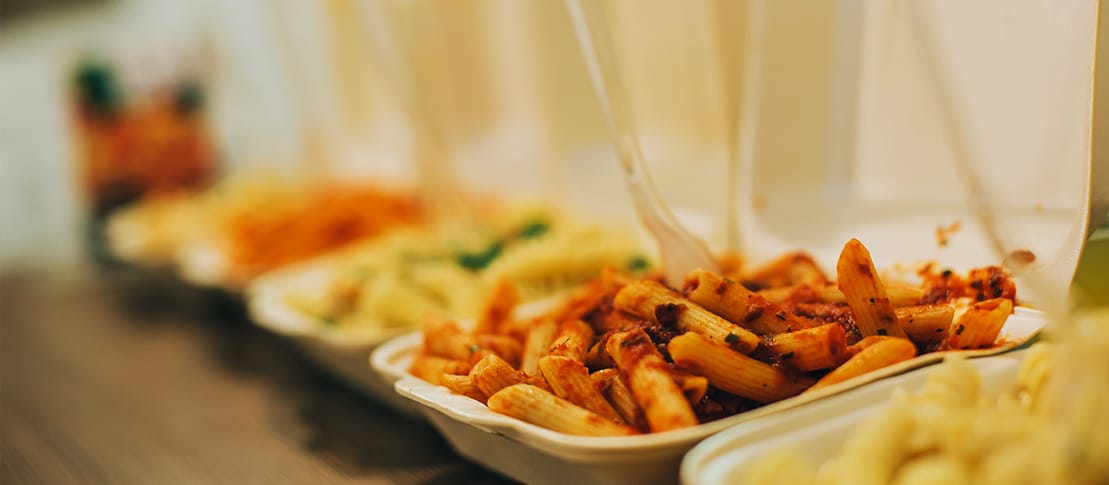
If we carefully read the report ‘The map of food delivery in Italy‘, an observatory on the food delivery market that Just Eat produces every year, in its fourth edition, we discover an aspect that perhaps saves the culture of catering in Italy.
In fact, concerning the most popular cuisines for home delivery, the report “confirms the preference for pizza – the timeless classic margherita, followed by the spicy diavola (like pepperoni pizza) and the variegated capricciosa – but also the well-established love for hamburgers – among which, however, the historic cheeseburger moves to the top, outclassing the 2019 version with bacon – and for Japanese, which remains firmly in third place thanks to the much-loved nigiri, edamame and uramaki philadelphia” (from the Report).
Among the most requested dishes, on the other hand: “The undisputed king remains poké, which also this year registered a growth in requests with +133%, but going on in the ranking, great novelties make their way in.
Among these, ice cream stands out, which registered an increase of +110% and proved to be the protagonist of orders during the lockdown and the months of April and May” (from the Report).
Then other specialties follow, but Italian cuisine remains on the edge of the top 10 most ordered Cuisine charts. What does all this mean? It means that, as a mass phenomenon, food delivery is useful when there is nothing else. In fact, according to the Report, “while the country was at a standstill, food delivery was allowed to restaurants and pizzerias that were closed to the public and therefore represented an important and essential service for 90% of the interviewed sample of consumers, acknowledging its importance for the business and daily work of restaurants (66%), but also for those who ordered and were forced to stay at home (30%)”.
This aspect has led to a significant increase in the turnover of food delivery platforms, reaching around 700/800 million euros in 2020, with a forecast of one billion euros by 2021. However, it has also opened up a new mentality in the shrewdest restaurateurs who have chosen food delivery focusing on a direct relationship with the customer and applying, in most cases, almost maniacal care to the optimal preservation of their dishes. This is the real change that has taken place in our country, not the increase in poke consumption!
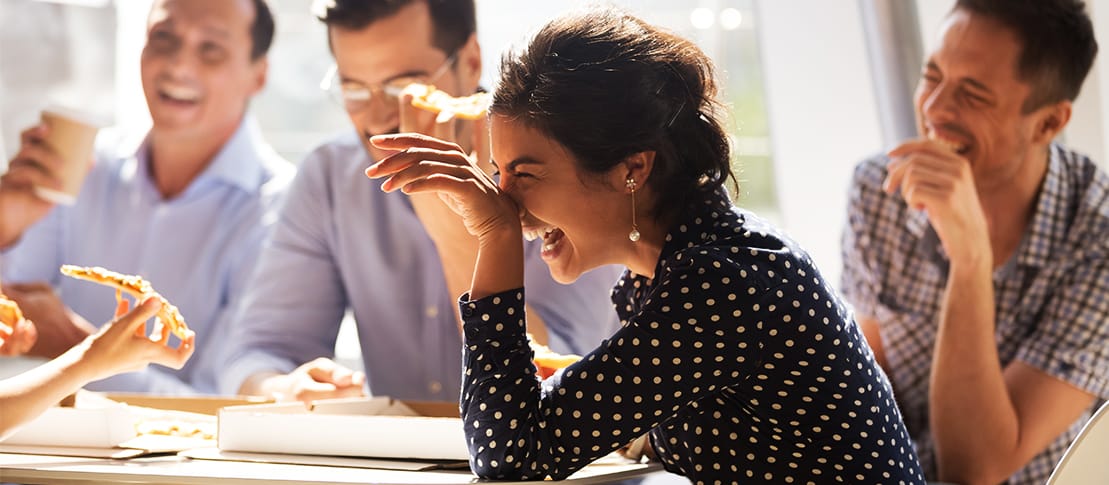
Many restaurateurs have started a change that cannot be dismissed with the simple excuse that “it was possible because there was no traffic on the streets”, as if the only way to deliver food were containers carried on the shoulders by bicycle in precarious conditions and at low cost. This is not the way to realize a culture of food, which remains the priority characteristic of eating in Italy.
It’s welcome to the good initiatives of many restaurateurs who have organized themselves on their own, or even better in groups, sympathetic to each other and to their customers. Or the solutions centered on a direct relationship between chef and customer and characterized by the delivery of dishes that had to be completed at home, with an online connection to perform in the best way the last step before enjoying those dishes. Or the addition of information that goes beyond the dish, such as news about the ingredients or their territorial origin. These are all formulas that have been successfully experimented by many restaurateurs, not to make money (the economic aspect of delivery in many cases has been minimal) but to consolidate a relationship with the customer, who has learned even more about that restaurant and the people who work there. Once it will be open again, that relationship will inevitably have more solid and sincere bases.
We do not know how to quantify the economic value of this kind of food delivery and we do not even know if it will continue, now that the restaurants are reopening; but we are convinced that it was a test for whatever future awaits us and, above all, it was a moment of humanity and sharing and of that hope that only good food can instill.
